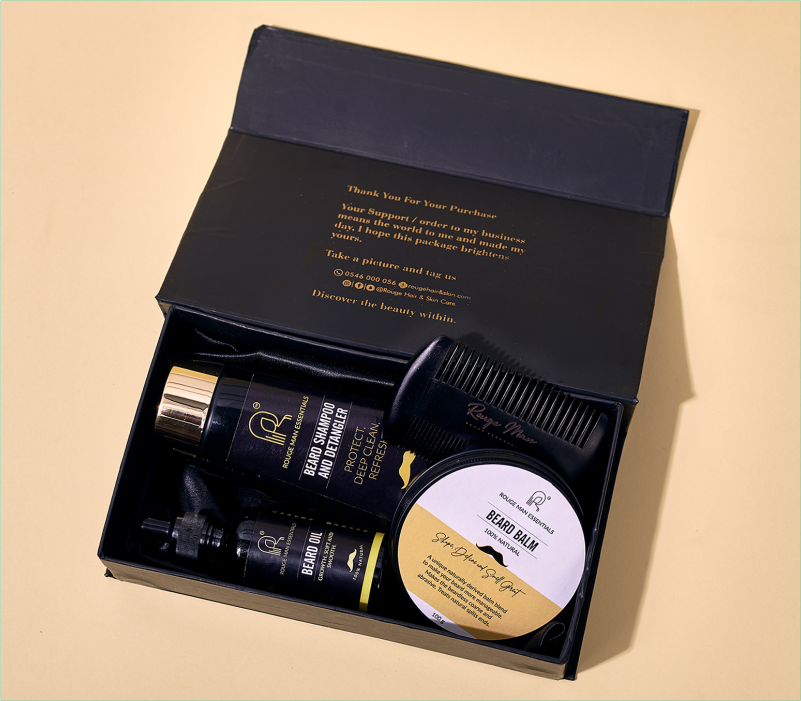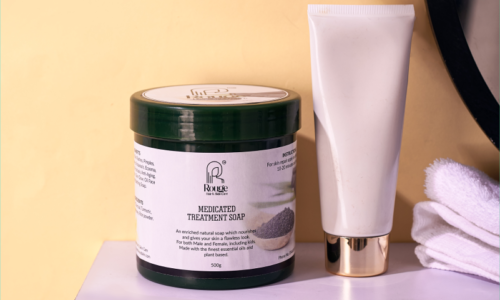Varieties Of Hair And How To Care For Each One

Hair comes in a wide range of textures, including straight, curly, wavy, and coily. A person may need to follow varied care instructions depending on the type of hair they have.
This page will include some particular hair care instructions as well as some basic information about hair types.The shape of a person’s hair is often referred to as their hair type. Hair can be coily, curly, wavy, or straight.
The hair strand itself, also known as the hair shaft, and the hair follicle are the two structures that make up hair, according to a 2020 article.
The cortex, the cells in its immediate vicinity, and, in thicker hair, a central medulla, are some of the layers that make up the hair shaft.
What are the various types of hair?
The degree of curliness in a person’s hair is referred to as hair form.
According to a review article, several researchers have utilized various techniques for classifying hair shapes in their studies on hair. For instance, some people have used labels like:
- stick straight
- straight
- wavy
- big curls
- small curls
Four categories are sometimes used by hairstylists to separate various hair shapes. However, this classification scheme is not employed by scientists in either medical or academic research.
The following categorization scheme is used by hairstylists:
| Hair type | Shape |
| Type 1: Straight | • 1a: Very straight, fine or thin texture • 1b: Straight with some bends • 1c: Straight with a coarser texture |
| Type 2: Wavy | • 2a: Wavy and fine • 2b: Wavy with a slightly more defined S-shape • 2c: Wavy with well-defined S-shaped waves |
| Type 3: Curly | • 3a: Loose curls • 3b: Tight and springy curls • 3c: An S or Z shape that springs back into shape when stretched |
| Type 4: Coily | • 4a: Loose coils • 4b: Zig-zagging coils • 4c: Tight coils |
Tips for general hair care
The American Academy of Dermatology (AAD) advises consumers to attempt the following hair care methods:
Shampoo: Use shampoo to wash your hair as often as necessary. This usually happens when the hair starts to get oily, which can happen to various people at different speeds. Those with oily skin and hair may require more frequent shampooing. Focus the shampoo mostly on the scalp.
Condition: Following each shampoo, a person should use a conditioner. Focus the conditioner on your hair’s tips.
Drying: individuals can either wrap it in a towel and let it air dry or use a blow dryer set to the lowest setting. The hair may sustain more harm from using a blow dryer than from air drying naturally.
The use of a blow-dryer at a distance of 15 centimeters while moving it continuously, however, may be less damaging to hair than air drying, according to some research.
When the hair is damp, use a wide-toothed comb to brush it.
According to their hair type, people should choose the shampoo and conditioner they use.
If at all possible, they ought to endeavor to keep:
- Hair weaves and extensions: Try to wear light-weight weaves and extensions. Hair loss, also known as traction alopecia, can result from wearing your hair forcefully pulled back.
- Chemically modifying the hair: It’s best to wait a while between color touch-ups. They should also make an effort to just receive one therapy at a time. This is due to the fact that heavily treated hair is more fragile.
- Using a towel to dry your hair might tug or twist your hair, which can make it snap. The cuticles of the hair may also be ruffled.
Conclusion
Each person has slightly unique hair. Each variety of hair—straight, curly, coily, or wavy—benefits from a distinct approach to maintenance.
Even though some hair loss is common, if someone is worried they should speak to a healthcare provider.



Most of the themes required tons of plugins to make the site looking like the demos. But not and this theme. The developer makes this theme working only with 4-5 necessary plugins. The other big advantage is that regular updates keep compatibility with all plugins.